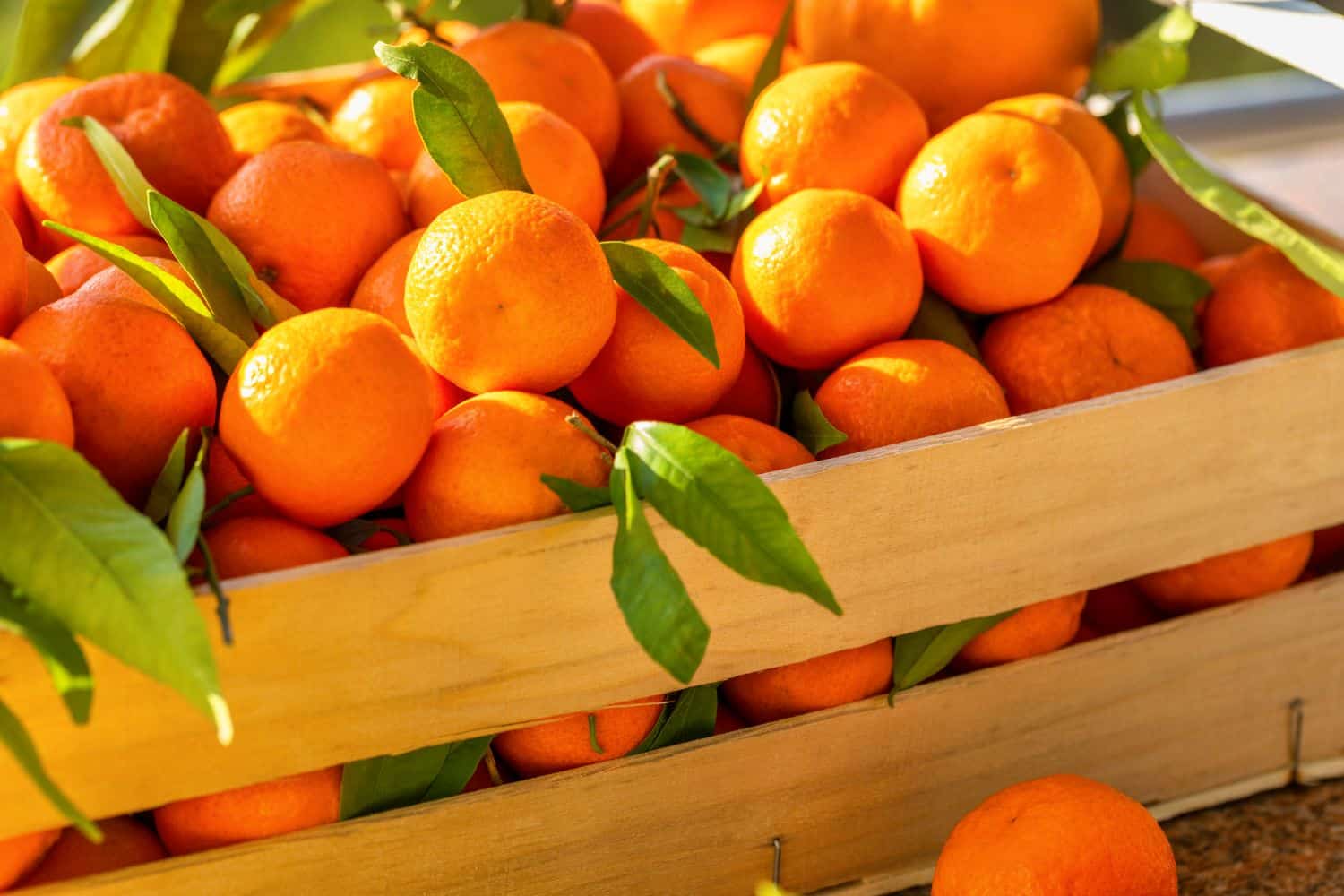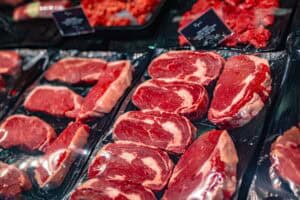The two main South African agricultural exports to the US, citrus and Rooibos, will feel it in the next season if the 30% US tariff remains.

South Africa’s agricultural exports have done well so far despite the US tariff of 30% that came into effect on 7 August, mostly because the season was almost over. However, farmers are dreading the next season if government fails to have the US tariff lowered or renegotiated.
The first announcement of a US tariff on goods exported from South Africa to the US on Liberation Day in April fell in the week when citrus farmers in the Northern Cape and Western Cape started packing boxes for export at the beginning of the season.
After this tariff was suspended for 90 days, citrus farmers packed and exported as much as they could before the new tariff kicked in.
ALSO READ: 12 companies close, 4 000 jobs lost as US tariffs and sales slump bite automotive industry
Citrus growers accelerated shipments ahead of US tariff deadline
Dr Boitshoko Ntshabele, CEO of the Citrus Growers’ Association of Southern Africa (CGA), says the Southern Hemisphere’s citrus season is well past its peak and local citrus growers managed to accelerate shipments to the US ahead of the deadline.
“This has lessened some of the effects of the tariff on the current season’s US exports. However, if a mutually beneficial trade deal is not concluded, our next export season will unfortunately feel the full effect of the US tariff. Rural communities could then be hit hard.”
Ntshabele said earlier that South African citrus growers do not pose a threat to US growers or jobs, as they sustain demand when local US citrus is out of season, benefiting US consumers.
In addition, he said that the citrus industry can create 100 000 additional jobs by 2032 because of new plantings, but for this to be realised, the industry required the expansion of every market, including the US, China, India, the European Union and others.
According to the latest CGA adjusted export projections for the current season upward, 188.2 million 15kg cartons are expected to be packed for export, a 10% increase from the 171 million cartons initially expected.
ALSO READ: Mashatile warns of serious consequences if SA can’t secure trade deal with US
2025 will be a year of uneven recovery for SA agriculture
Wandile Sihlobo, chief economist of the Agricultural Business Chamber of South Africa (Agbiz), says in the first quarter of the year, the agricultural sector’s performance was pleasing and the agricultural gross value added expanded by 15.8% quarter-on-quarter, primarily due to the improved performance of certain field crops and horticulture subsectors.
“But as the close observers of the sector know, the quarterly data tends to be somewhat volatile, influenced by times of harvest and crop deliveries. It is particularly such issues that I remain slightly concerned that the second quarter performance may not be as robust as the start of the year.”
Sihlobo points out that South Africa had a delay in its summer grain harvest, with more momentum happening at the start of the third quarter than usually in the second quarter of the year. “Indeed, we have ample summer grain and oilseeds, estimated at 18.74 million tonnes (up 21% year-on-year).
“But the season was late by roughly a month and a half due to factors such as the excessively prolonged summer rains. We also continued to struggle with the foot and mouth disease and a few avian influenza cases, particularly in the second quarter.”
Foot and mouth disease vaccines arrived in South Africa for the start of the vaccination campaign at the end of the second quarter.
“With all these factors considered, the critical point is that we remain convinced that 2025 will likely be a recovery period for South Africa’s agriculture although it will be an uneven recovery.
In terms of quarterly growth, the agricultural sector may show a slight slowdown in the second quarter, following a 15.8% quarter-on-quarter in the first quarter of 2025. I am talking about contraction, but modest growth due to the late harvest and grain deliveries to silos.”
ALSO READ: Business confidence increases, but will come under pressure from US tariff
Lemons and grapefruit did well thanks to strong demand
The CGA’s projection for lemons was also increased to 39.6 million 15kg cartons on the back of a larger third lemon set and strong demand across most markets.
The grapefruit export season is effectively over and it seems that final volumes of 15 million 15kg equivalent cartons will be slightly below the original estimate of 15.3 million. However, it has been a better year than 2024 for grapefruit growers and in some markets demand was excellent.
Paul Hardman, chief operating officer of the CGA also noted that the ports have been much more efficient in 2025, in part due to added equipment and new management strategies. “This has helped get fruit out a little earlier than usual. However, with a larger projected crop, it will be important to keep the fruit moving through the ports swiftly over the next three weeks.”
ALSO READ: US tariffs: SA sugarcane growers plead with Tau to help them
Rooibos should not be subject to US tariff – SARC
Meanwhile, the South African Rooibos Council (SARC) initiated a coordinated engagement with the department of trade, industry and competition (dtic) and the US Embassy to advocate for the US tariff’s reduction or removal.
The SARC is emphasising that Rooibos is a uniquely South African product, grown exclusively in a small region of the Western Cape and not cultivated anywhere else in the world, including the US. As such, it poses no competitive threat to American agricultural production or domestic manufacturing, Dawie de Villiers, chairperson of the SARC, says.
“In fact, more than 90% of Rooibos exported to the US is shipped in bulk for blending, packaging and marketing by American companies, which supports value addition, stimulates local business activity and creates jobs within the US market.”
De Villiers says the full impact on the Rooibos industry will become clearer over the next few months, with the US currently accounting for around 5% of total exports.
“Although the US is an important market, the industry’s exposure is somewhat cushioned by a broad and steadily expanding global customer base.
“Our priority is to support Rooibos producers and exporters during this challenging period. We are actively engaging with stakeholders and exploring all opportunities to ensure Rooibos remains competitive in the US market, while also strengthening our presence in other international markets.”






